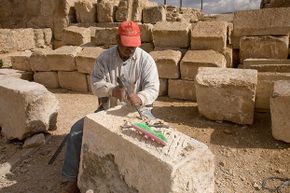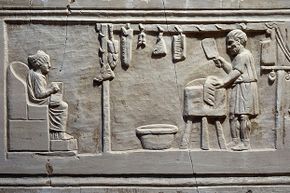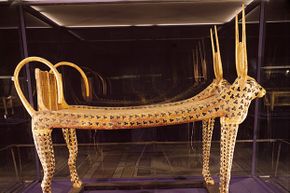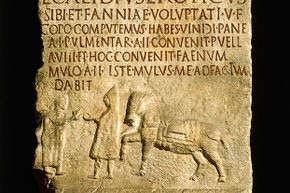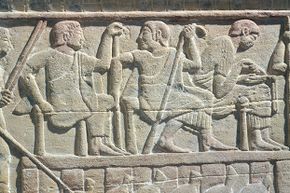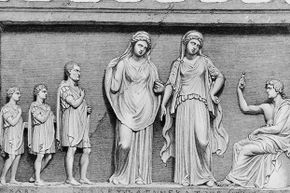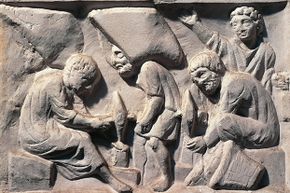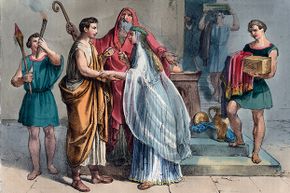Ever stayed at a hotel and felt you got ripped off? This is nothing new. Ancient innkeepers had such an unsavory reputation that Babylon's Code of Hamurabi from 1754 B.C.E. specified that the punishment for cheating a patron who ordered a drink was death (by being thrown into the water) [source: Vuletić].
Perhaps you didn't know that innkeeping had been around so long. We often talk about the occupations that become obsolete, but many others have survived for centuries. Pretty much any occupation that serves a basic function – like garbage collectors, clergymen and bureaucrats — will likely never go away.
Advertisement
Curious about which occupations have stood the test of time? Here are 10 that have been in existence for at least 2,000 years, and some for much longer.
